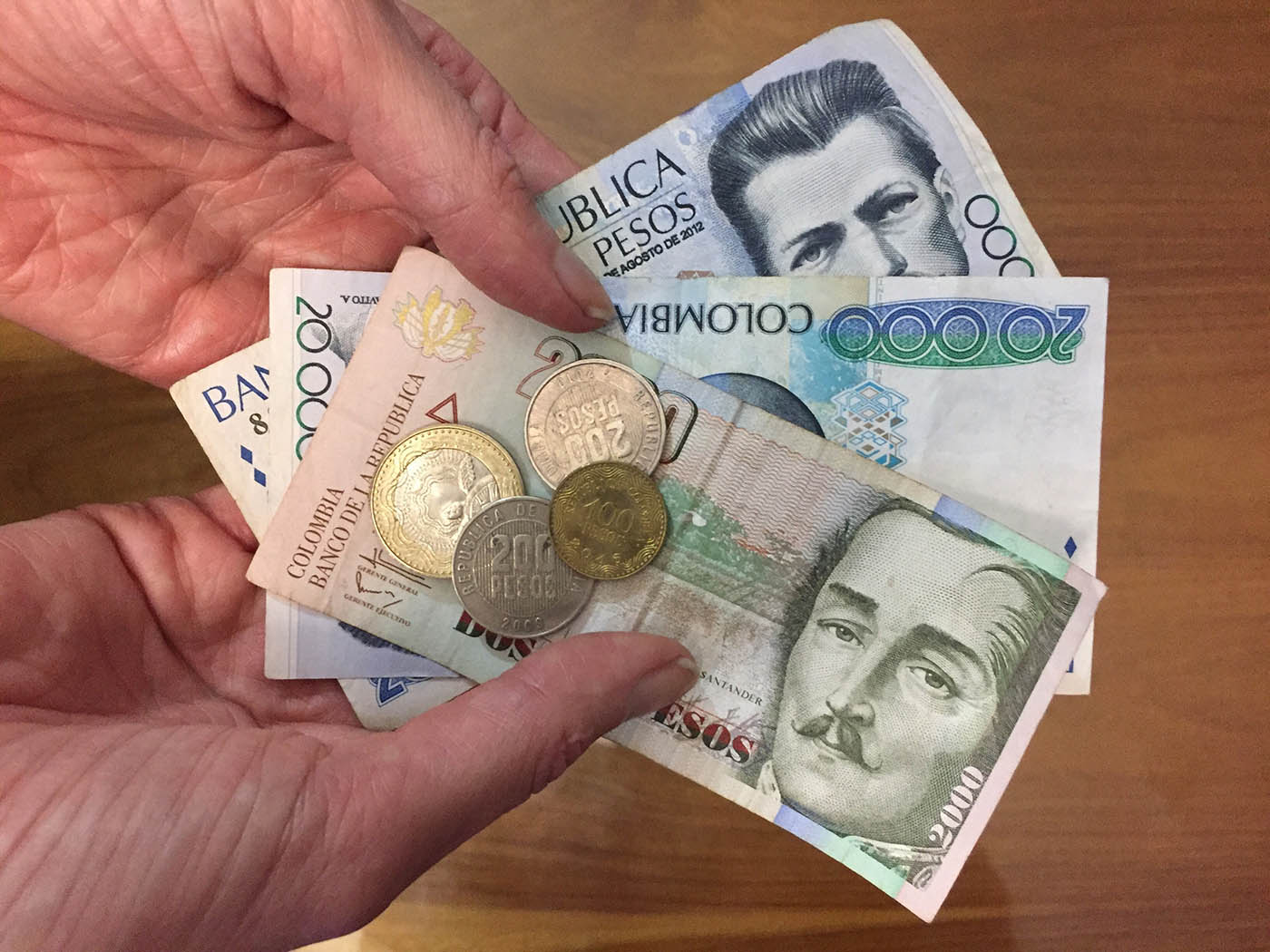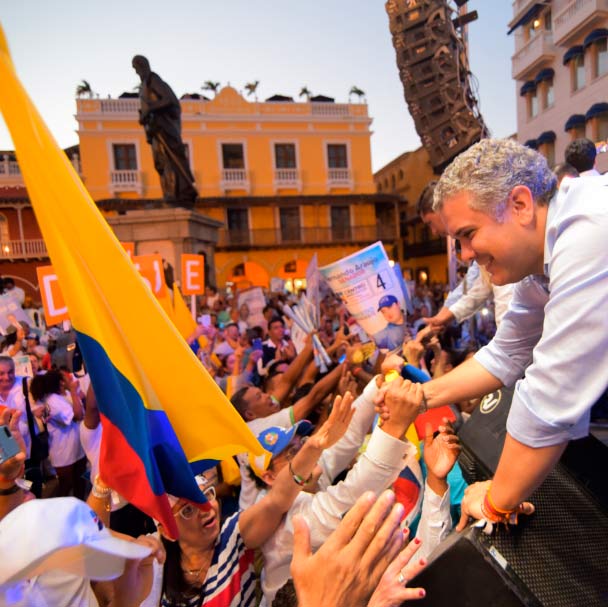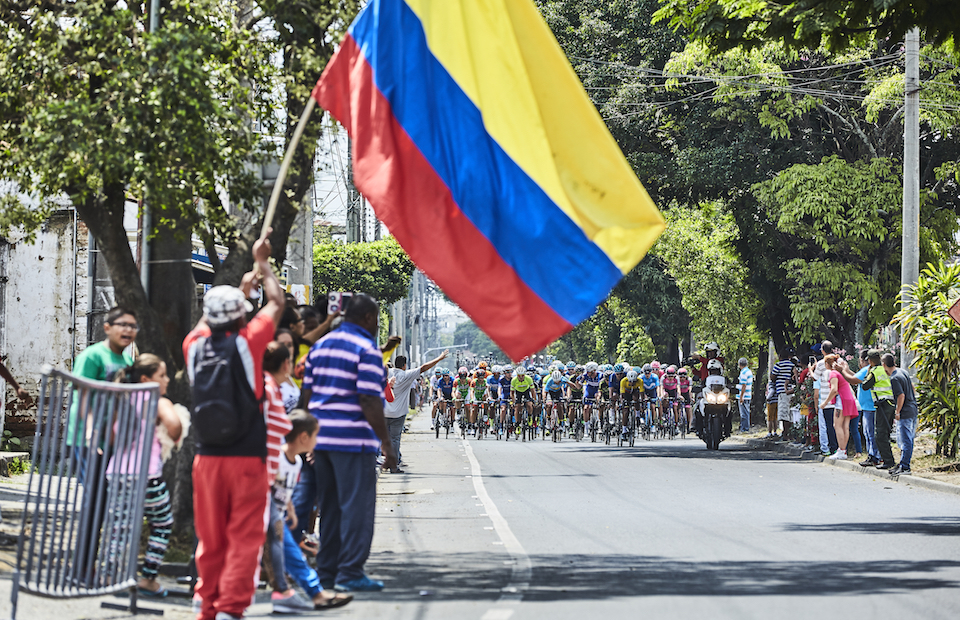
COP$43,525: This is the amount that the minimum monthly salary has risen by.
Photo: Chris Erb
For only the third time, government, union and business leaders reached an agreement on the annual minimum wage salary increase.
The government has set the minimum monthly salary at COP$781,242 for 2018 – up 5.9% (COP$43,525) from last year. The figure is a key benchmark for a number of financial elements: not only does it impact the wages of all public workers and some private ones, it also affects costs of everything from public transport to service fees and various fines. Private companies are not obliged to follow the salary rise, though many do.
It means that the estimated 10% of the population who earn the minimum wage will be bringing in COP$9,374,904 – approximately USD$3,264 – annually. The monthly transport subsidy will rise from COP$83,140 to COP$88,261.
The salary was set after an eleventh hour meeting on December 30 between the government, unions and business leaders. The deal itself is something of a milestone as it is only the third time that the annual salary negotiations have reached a unanimous agreement.
Last year – like many previous years – saw nationwide strikes after negotiations failed. Unions protested that the rise did not cover the increased cost of living for householders feeling the pinch after a year of growing inflation, droughts, strikes and economic uncertainty. However, this year’s decision was less controversial.
Government ministers and those in the business sector were positive about the move. The Employment Minister, Giselda Restrepo, tweeted that it would “benefit Colombian workers and protect the employability of the country.”
Additionally, Bruce Mac Master, head of Andi, the national business association, praised the rise, saying that an increase of 1.9% over the expected 2017 inflation rate will help to increase the purchasing power of households. “Andi is confident that this increase will benefit the workers and their families, contribute to the expansion of aggregate demand through the investment and consumption of Colombians and thus achieve sustained growth of the Colombian economy,” he said.
However, there has been some pushback from unions. Despite ultimately agreeing to the deal, the unions present at the negotiating table had initially been seeking a 7-9% rise. Luis Alejandro Pedraza, the leader of Central Union of Workers (CUT), which claims it was not invited to the discussions, has been vocal in his criticisms.
In a statement, the union said it “rejected and deplored the exclusion”. They were also unhappy with the agreement itself, labelling it “insufficient for the workers” and suggesting the government was trying to satisfy various multilateral organisations without concern for the needs of workers. He told Portafolio: “it is an increase that complies with the governmental policy of constraining salaries to inflation […] to satisfy the IMF, the World Bank and the OECD.”
Whichever side of the fence you are on, Colombia’s minimum wage still lags behind many of Latin American countries, such as Panama, Argentina and Chile. Moreover, a 2015 OECD report states that 52% of Colombians are self-employed, and thus they would not benefit from the increase.
Whilst comparisons with the football world may seem superfluous due to the astronomical amounts of money involved, it is worth noting, as Semana magazine pointed out, that Neymar makes the minimum wage every three minutes. Food for thought.
By Bertie Previte





